How to grow lamb’s lettuce at home
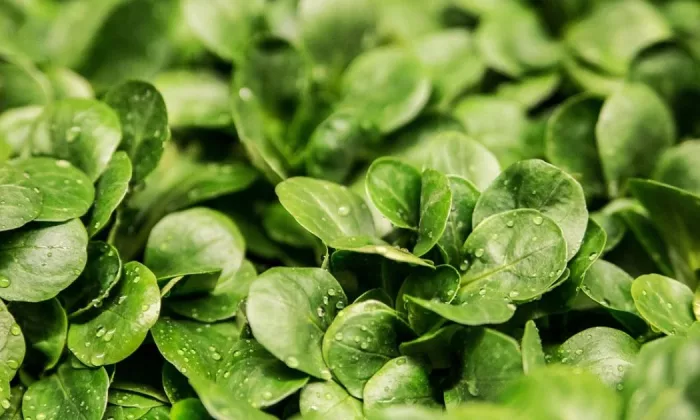
Lamb’s lettuce (Valerianella locusta) is a well-known vegetable used in many healthy salads. This little plant was originally growing around uncultivated fields, but today this plant is very popular and grown by many gardeners. Growing is very easy and fun so, maybe you can also involve your children. Lamb’s lettuce prefers cooler conditions and you can easily grow it in a box on your balcony or inside your apartment.
What does lamb’s lettuce look like?
Lamb’s lettuce grows in low rosettes or clusters. Leaves are up to 10 cm long, smooth and dark green and should be harvested before flowering. If you grow it in warmer conditions it will bloom faster, and if that is the case, you should plant it in early spring or late autumn (in a greenhouse or indoor flower pots). Lamb’s lettuce is ripe and ready within 40 to 70 days after planting and that is a great advantage. You may harvest leaves gradually – either by picking individual leaves or you may pluck out the entire cluster.
Photo: Pixabay
Sowing
Choose a well-drained soil, ideally a substrate designed for seed sowing. The pH of the soil should range from slightly acidic to neutral (6.5 to 7.0). You don’t have to worry about the spacing when sowing because after the seeds germinate you need to thin them. The temperature of the soil for germination should be between 10 and 21 °C. Grow lamb’s lettuce in a bright and cool corridor for example. After seven to twelve days, the seeds should germinate and you must thin the sprouted seedlings. The distance between individual seedlings should be around 7.5 cm.
Watering and fertilization
Water regularly every morning, but if the flower pot is exposed to sunlight you should water more often. Lamb’s lettuce has a very short growing season and you do not need to fertilize it however, it is advisable to use a well-matured compost before planting. If you see pale leaves, it is a sign that the soil lacks nutrients and you should fertilize.
Harvest
You need to harvest leaves before the plant flowers and it usually does when the temperature rises. Flowering will spoil the taste of leaves. If you are late and flowering has already occurred there is not much you can do. Let the plant produce seeds and then sow the seeds to grow new plants…
Preview photo: Pixabay

Gardening is my hobby, I have a lot of experience and I am happy to share it.
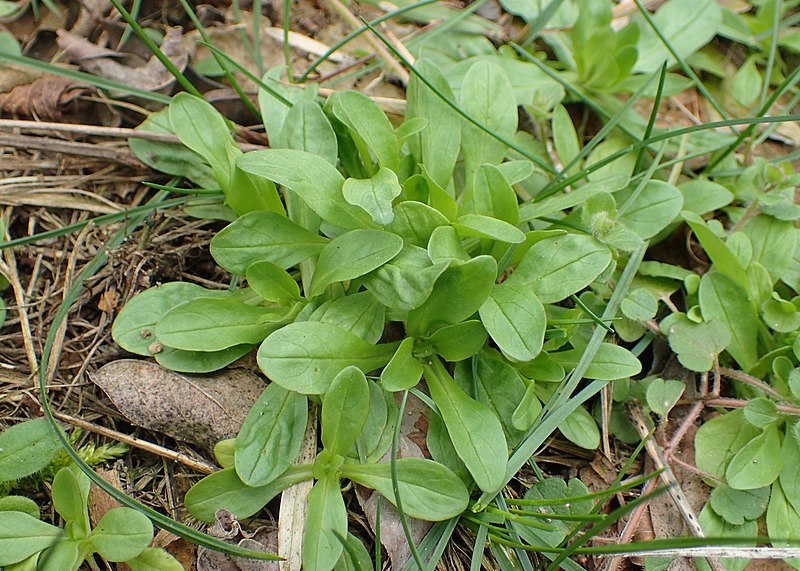



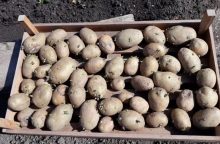
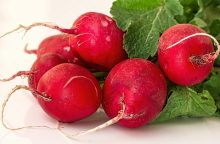
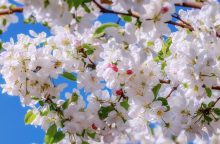
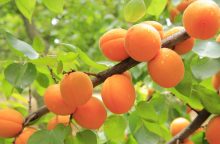
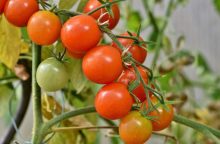
0 comments